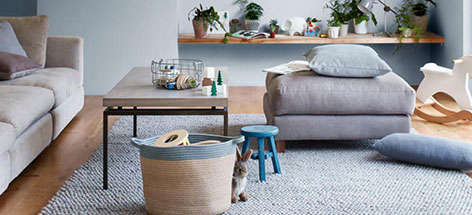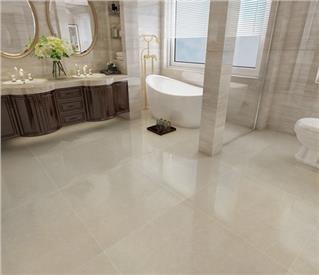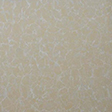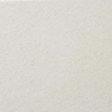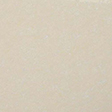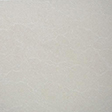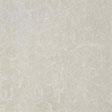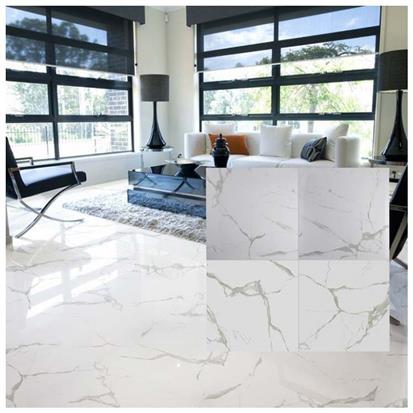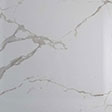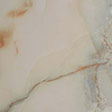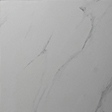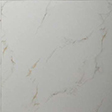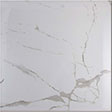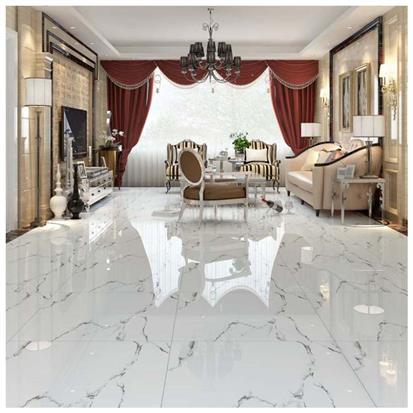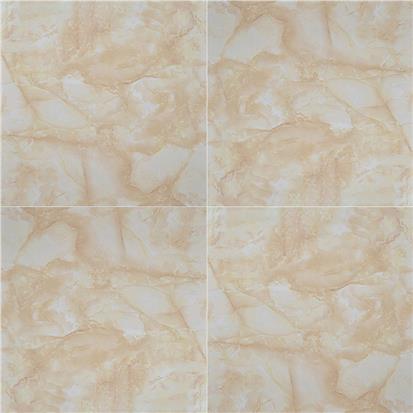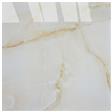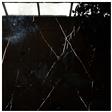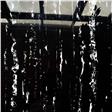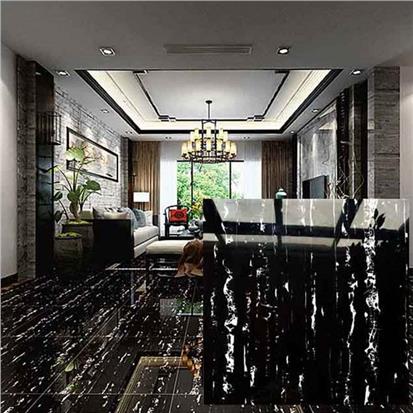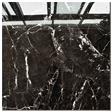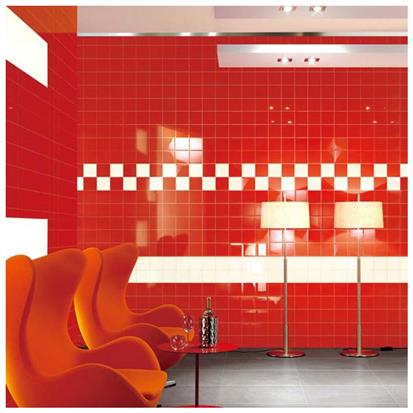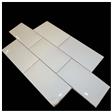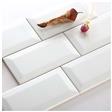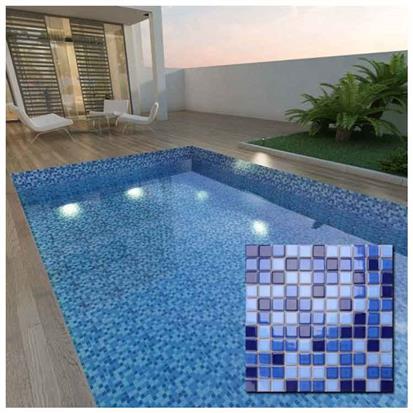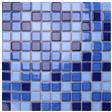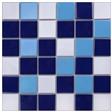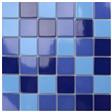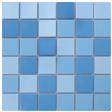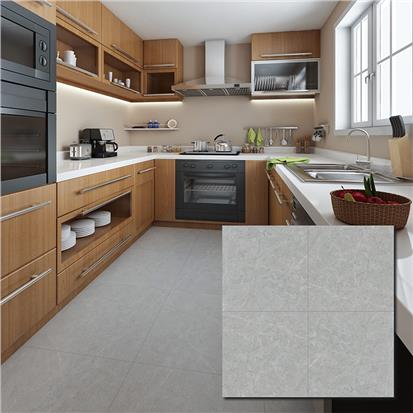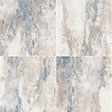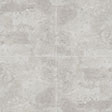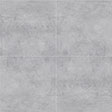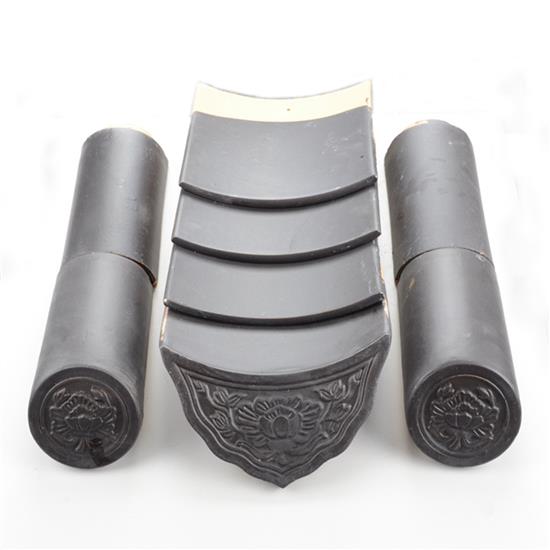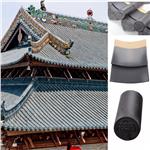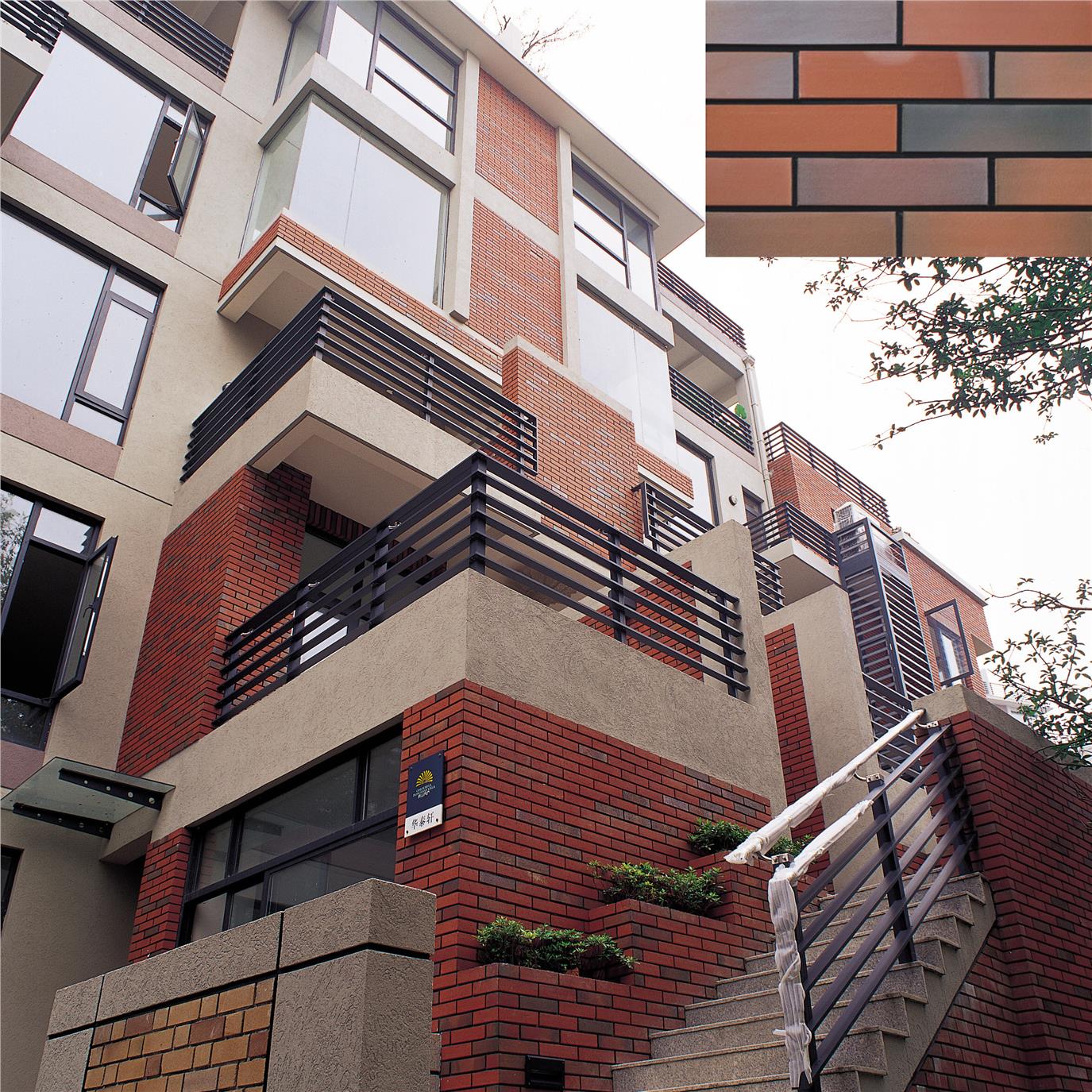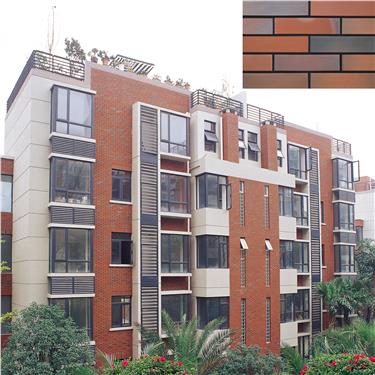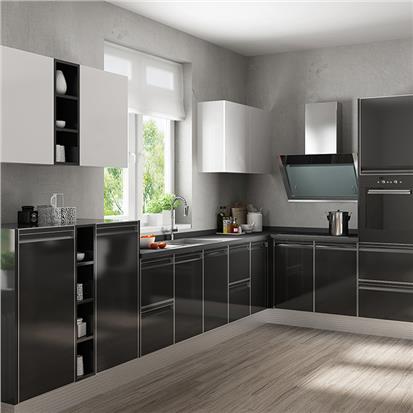Tile classification and care! Tiles are laid to prevent walls from being exposed to water splashes and mould. There are many categories of tiles themselves, such as glazed tiles, solid tiles and so on, each with its advantages and appearance. But tiles used to protect the walls are not the same as the tiles themselves will not be dirty, once dirty will affect the aesthetics of the home, so the tiles should be cleaned and maintained. So today, let's start with the classification of tiles.
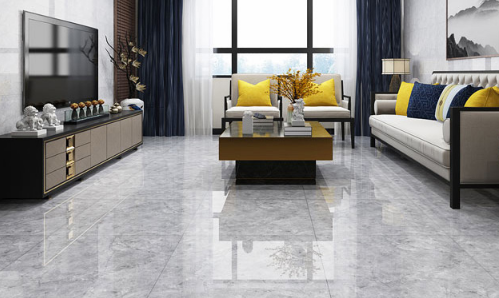
According to the paving position classification
According to the tiles in the home decoration paving position can be divided into three categories:
1. Interior wall tiles: generally used for humidity kitchen, and bathroom walls, should consider a higher water absorption rate, good stain resistance, and easy to clean glazed ceramic tiles. The national standard for water absorption rate is between 10%-20%. 10%-20% water absorption rate of the actual effect is to pour a cup of 150ml of water on the back of the tile, 3 seconds later, the water will all seep into the brick body.
2. External wall tiles: generally used for balcony walls, ceramic tiles with low water absorption and good frost resistance should be considered, generally requiring less than 10% water absorption and less than 3% in colder areas.
3. Floor tiles: generally used for kitchen, bathroom, living room, and balcony floor, should be considered strong, hard wear-resistant, non-slip tiles, its water absorption rate is generally required less than 0.5%.
Tile maintenance methods
Method one: use multi-functional stain removal cream
Tile is often stained by grease, rust, soap and so on, especially the tile joints are more likely to hide dirt. To keep the porcelain surface clean and not damaged the porcelain surface bright, you can use multi-functional stain removal cream cleaning. For tile crevices, you should first use a toothbrush dipped in a little stain removal cream to remove dirt, and then in the crevices with a brush, a waterproof agent can, so that not only can prevent water seepage and can prevent the growth of mould.
Method 2: The surface of glass tiles is the key to stain prevention
The only defect of glass tiles is that after polishing, the gross pores are exposed and oil and dust can easily infiltrate. According to industry insiders, this is an industry-recognised problem, but some manufacturers have solved this problem through new technology after research. Many brands of products without anti-fouling treatment can be sold as qualified products from the factory, but consumers do not understand the situation, paving the use of careless, will happen stains. Consumers have to ask when buying, not done anti-fouling treatment of glass tiles in use to wax, the general floor wax can be. Before paving to avoid damage to the brick surface in construction, the application of woven bags and other items that are not easily decoloured to cover the brick surface.
Daily cleaning and maintenance of glass tiles, to first all the stains on the floor tiles thoroughly clean, if there is glue or sticky dirt, available neutral detergent with 3M hundred clean cloth wipe off. Splash floor cleaner (please follow the instructions) on the tiles and rub the stains off with a waxing machine. Pour the water-based wax onto a clean dry mop and spread the wax evenly over the tiles. After waxing, let the surface of the floor tile dry itself, wait for it to dry before stepping on it, or use an electric fan to assist in blowing it dry, generally 8 hours after waxing before it is completely dry if there are heavy objects to move, wait for the wax to dry completely before moving so that the floor tile can be kept bright.
After waxing many times the surface of the floor tile becomes yellow and has to be waxed again, it is necessary to use a wax remover to deal with it. The wax remover should be used directly, without adding water, and splashed evenly on the area to be waxed, for about 10-15 minutes, after the wax remover has penetrated the floor tiles, splash the floor tiles with water and wet them. After the wax has been removed, follow the above steps to clean and maintain.
Method 3: Adding tiles to old tile surfaces
To refurbish old tiles, it is generally required to remove all the tiles, which is very labour intensive. If you want to add new tiles to the old tiles, it is difficult to cement mortar, at this time must be used resin-type stone adhesive, it is not afraid of tile the greasy, or stain, and has a good bonding strength.
The daily maintenance of light-coloured tiles also needs to master some small skills, cleaning can be used when the water and detergent or soap; soap cleaning with a little ammonia and turpentine mixture, can make the tiles more polished. If there is tea or other daily necessities attached to the tiles above should be scrubbed clean, if necessary, apply the appropriate cleaning supplies cleaning. Tile surfaces such as scratches, you can apply toothpaste at the scratch, for cloth wipe can be repaired. Brick and brick gaps can be used from time to time to remove dirt with decontamination cream, and then brush a layer of waterproofing agent in the gap can prevent the growth of mould.
 EN
EN FR
FR PT
PT AR
AR
